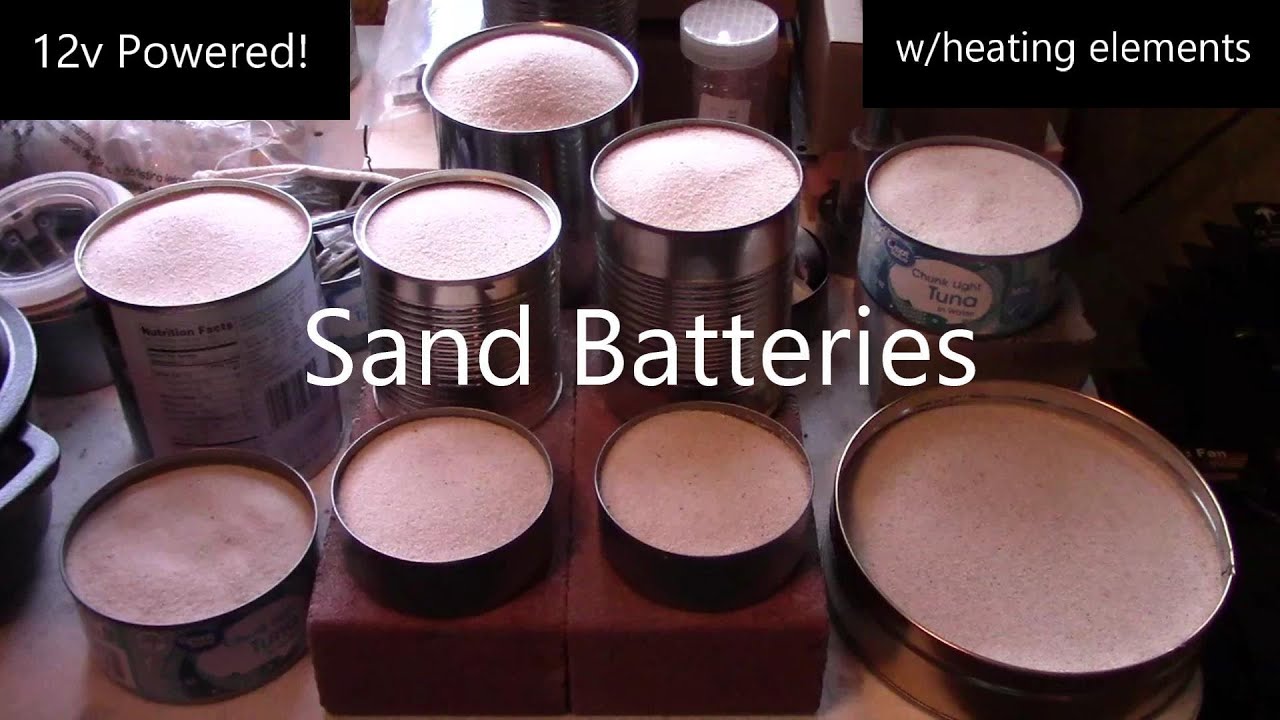Good idea for storing excess heat, but without Soviet style communal heat pipe networks it’s basically useless because the transmission loss of distribution is already applied. And if you’re using solar panels you’d have better luck just putting the pots in the sun and bringing them in later.
Soviet style communal heat pipe
District heating? I know it exists throughout the world, but was it especially common in the USSR?
I know that it was a big part of new development under Stalin after the war, but it’s incredibly uncommon in the US so the only real exposure to it I’ve had is through reading communist literature on development.
So I’m probably biased into thinking it was more common in the USSR than other places.
I think bigger US cities have had it in the past, but where I’m from the past (and present) is either oil/wood or heat pump.
Alright, interesting!
Do you have it where you live?
Nope
You’re better at opsecc than me lol, if a fed looked through my post history they’d find my in seconds
If I cared about opsec I wouldn’t have responded… Actually you could probably figure out the city I live in within an hour. Don’t do that, though.
Steam is still distributed in New York. It’s why the Gotham manhole vented steam aesthetic can still be seen in-person: https://en.m.wikipedia.org/wiki/New_York_City_steam_system
Definitely not the most efficient heating. Just lots of old construction in this city.
Oh damn, I’m obviously not from NYC lol. Didn’t know how extensive the district heating system was there.
deleted by creator
having a hard time contemplating this. imagining a time in the US when something like heating was collectivized instead of being left to the individual to manage. sounds like a pretty big project to design and implement.
deleted by creator
I think most people use them for greenhouses and the like. Definitely not practical for bigger spaces.
What Is a Sand Battery? Polar Night Energy’s Sand-based Thermal Energy Storage Explained - YouTube
Polar Night Energy’s sand battery is a large-scale high temperature thermal energy storage that uses sand or sand-like materials as its storage medium. It stores energy in sand as heat. It has three main purposes: To store excess wind and solar energy, to participate in grid balancing markets, and to produce heat and power without burning. The sand battery has a lot of potential to save emissions. Cleaner energy production is possible. Together, we can power the change from fossil fuels to renewable energy.
I really liked the video but one thing irked and annoyed me.
1:34 “A product to convert heat into electricity is being developed.”
And they don’t explain that at all!
1:34 “A product to convert heat into electricity is being developed.”
steam engine?
Either a steam engine or something less efficient
I found a YouTube link in your comment. Here are links to the same video on alternative frontends that protect your privacy:
Probably a Stirling generator
All electric heating is essentially the same: watts in > heat out.
There’s a small degree of variation depending on what you choose but don’t be convinced that there’s truly better or worse options overall.
With that being said, here’s some tips for heating:
-
Oil heaters and panel heaters are good for maintaining a stable temperature over a long period because of how they work - this is good for places that get below freezing during winter. For anything else, they aren’t ideal because you’re better off heating your space when you’re in it and switching the heating off when you leave.
-
Radiant heaters can be more effective overall but they come with some risks
The risks are to pets, the elderly and the infirm. They can also start fires if you aren’t careful when using them.
Don’t use them in spaces where there’s risk of something like a towel, a blanket, or curtains coming near them or falling on them - that can start a fire.
Radiant heaters lose a bit of efficiency because they also put out light but it’s fairly minimal and it depends on the type of radiant heater you use.
Where they shine is in how they immediately heat whatever they point at - this is instead of heating up the air and then that air heating you up. This makes them ideal for places where there is a lot of air space or a draughty house. They’re also good in bathrooms because you can heat yourself up without losing a lot of energy to air circulating because of a ceiling fan.
- Direct heating is the best
Yes, there’s the watts in > heat out equation that is largely the same. The difference with direct heating is that you’re only heating the space that is right next to your skin rather than trying to heat a whole room or house.
Electric blankets and throws as well as heated vests, heated foot warmers, and hot water bottles are all examples of direct heating. Where it’s safe to do so (check your instruction manual) you can heat beneath a layer of insulation like a winter jacket or a thick quilt. This means that you will get a lot of the direct benefit of the heating and you will trap a lot of what would otherwise escape, making it even more efficient.
As a general rule I think it’s safe to assume direct heating is worth about 10x that of what you’d get from indirect heaters; if a typical heater works at around 2000w on high and 1000w on low, then 200w from a direct heating source is roughly comparable to what you’d get from a typical heater on high. This depends on different factors though.
One downside of direct heating is that it doesn’t heat the air which can be a problem for people who are sensitive to cold air, such as asthmatics.
You can definitely set up an arrangement where you have a space heater to take the chill off the air at the lowest tolerable air temperature then use direct heating to make yourself warm and you’ll still save a lot of money.
I haven’t discussed the role of heat pumps because that’s a very complicated matter and it depends on the real-world conditions that it’s operating under - when it was last cleaned, what the ambient temperature is, whether it’s ducted or it’s in a single room (hopefully the one you’re spending your time in!) and considerations like the cost comparison between gas heating and electricity prices.
As a general rule, heat pumps are more efficient and without sitting down doing a lot of maths I’d hazard a guess that it’s your best option, if you happen to have it.
Also don’t take this guy’s videos too seriously with regards to DIY evaporative cooling seriously - in theory they are useful but in a practical sense they generally aren’t and depending on the conditions they are operating under they can actually be counterproductive. I can elaborate on this if anyone is interested but basically I wouldn’t waste my time or money on making a DIY evaporative cooler (nor would I buy one of those little personal evaporative coolers).
Consensus on these seems to be they’re gonna be more trouble than they are worth unless I’m in direct sunlight with solar. I don’t really understand electricity that well yet so I appreciate the feedback.
I have been slowly researching stuff like this. So far the most interesting styles of heaters for a small space i have found are these ones and I found some really compact ones that run off oil - and can even run on cooking oil in a pinch.
Something like this seems promising for a small living space: https://www.youtube.com/watch?v=0guulsNSQXU
I watched a video of a guy with a heat pump on a box truck he was living in last night, and he said if he runs it 24/7 in the summer, it keeps the internal temp down to where the unit only draws between 200-400 watts to keep the temperature in check. That seems like definitely the best option for cooling, hadn’t considered that before, just assumed they were crazy power hungry.
I found a YouTube link in your comment. Here are links to the same video on alternative frontends that protect your privacy:
-
I found a YouTube link in your post. Here are links to the same video on alternative frontends that protect your privacy:







